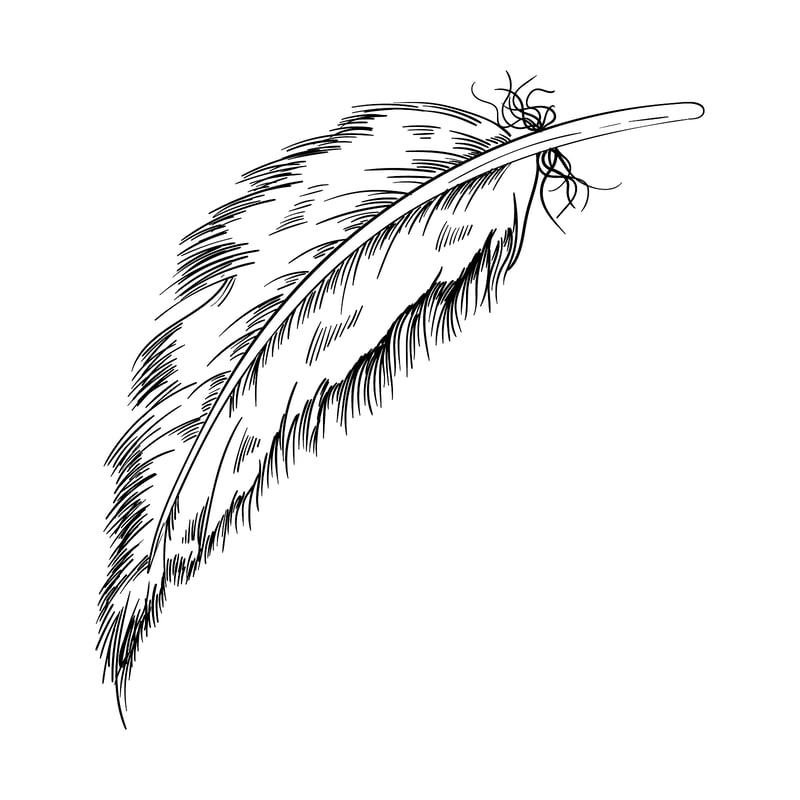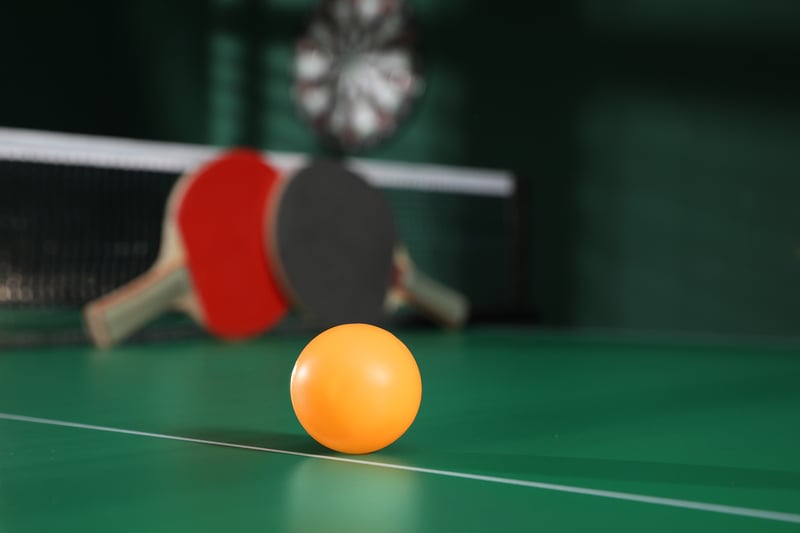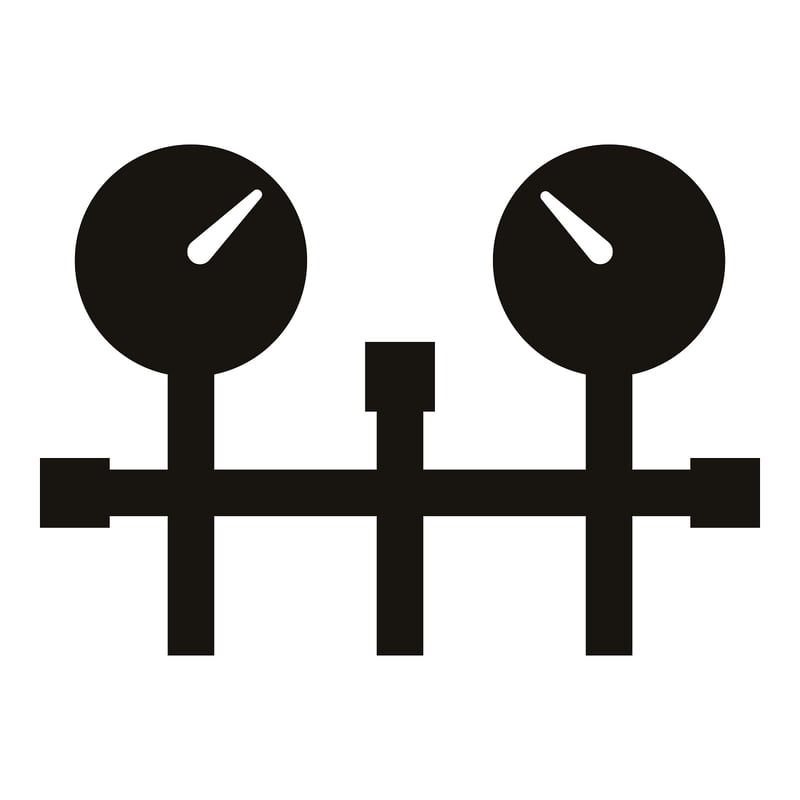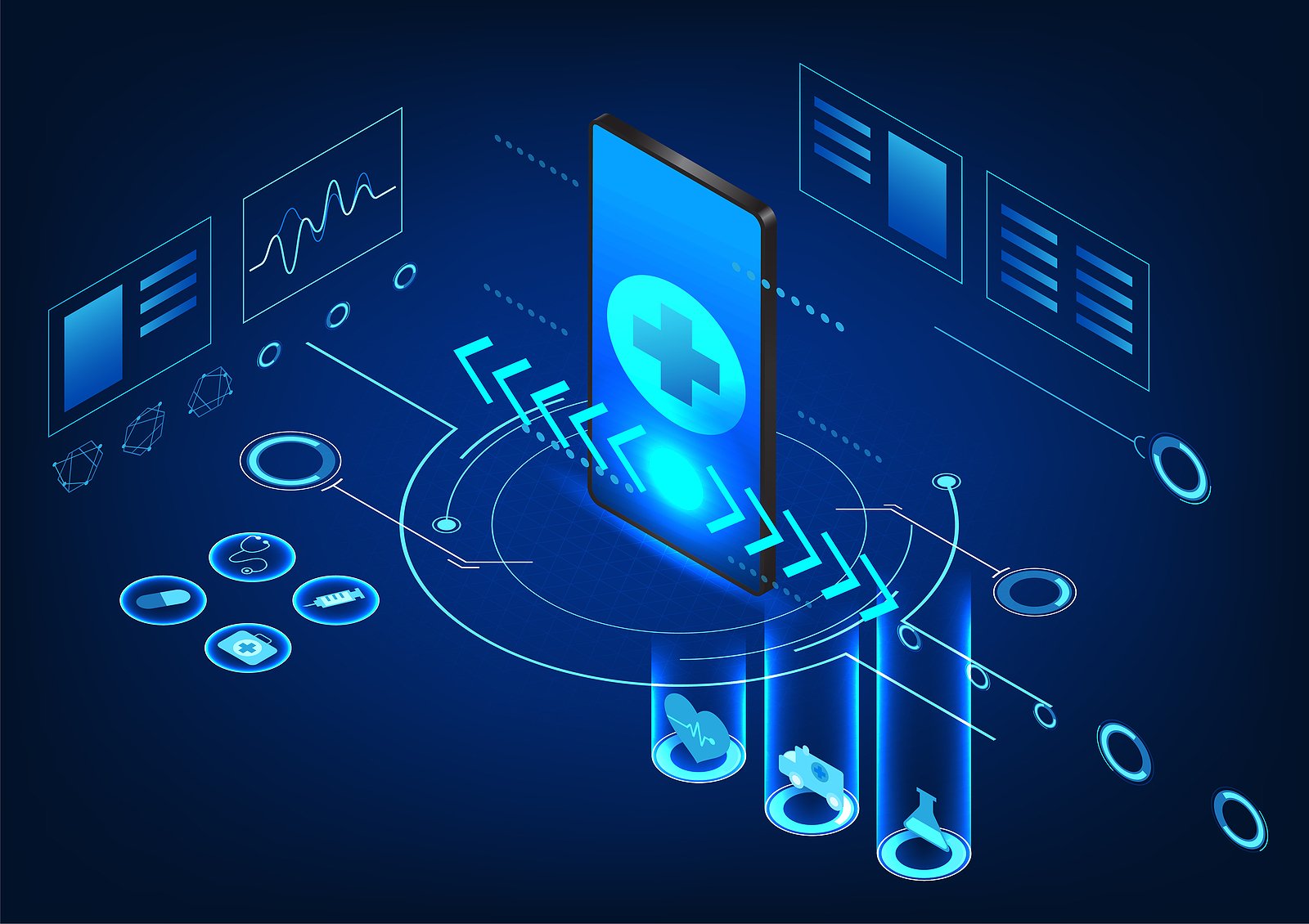Discover the complex and ever changing history of room pressure monitoring, a testament to healthcare's commitment to safety. From ancient methods using smoke and feathers to today's sophisticated digital systems, explore how innovation has elevated infection control.
Early Room Pressure Monitoring (Pre-20th Century):

In the early days of healthcare facilities, room pressure monitoring was a rudimentary process, often involving manual methods. Health professionals might have used simple techniques like observing the movement of smoke or feathers to assess airflow direction in the room. The primary concern was maintaining ventilation and preventing the spread of infectious diseases.
Ping Pong Ball Tube Indicator for Room Pressure (Mid-20th Century):

As healthcare facilities became more advanced, the ping pong ball tube indicator for pressure emerged. These devices consisted of a small ping pong ball housed in a glass tube mounted on the wall between two rooms. The ball moved in response to changes in air pressure, indicating the direction of air movement between the rooms. The idea was to maintain negative pressure in certain isolation rooms to prevent the spread of airborne infections like tuberculosis.
Differential Pressure Gauges (Late 20th Century): 
In the late 20th century, the advancement of technology brought about the introduction of differential pressure gauges. These devices provided a more accurate and quantitative measurement of the pressure difference between two areas. Differential pressure gauges helped ensure proper airflow control, especially in critical areas like isolation rooms and operating theaters.
Digital and Automated Systems (Late 20th Century - Present):

With the rapid advancement of technology in the late 20th century and beyond, room pressure monitoring underwent a revolutionary transformation. Digital and automated systems emerged, offering more sophisticated and comprehensive solutions.
Digital Manometers: Digital manometers replaced the analog gauges, providing real-time pressure readings with greater precision and reliability. These devices allowed for continuous monitoring of room pressure and seamless integration with building management systems.- Automated Controls: Fully automated room pressure control systems took center stage. These systems utilize advanced sensors and actuators to constantly monitor and adjust the air pressure in different rooms. They are often integrated with central building automation systems, enabling remote monitoring and control.
- Smart Alarms and Notifications: Modern room pressure monitoring systems are equipped with smart alarms and visual notifications. Healthcare professionals receive immediate alerts if pressure differentials deviate from the desired range, allowing for quick responses and ensuring patient safety.
- Data Logging and Analytics: The integration of data logging and analytics capabilities in modern systems has enabled healthcare facilities to track historical pressure data, identify trends, and optimize ventilation strategies for improved efficiency and infection control.
- Wireless and Mobile Solutions: Some systems have transitioned to wireless and mobile applications, providing increased flexibility and convenience for monitoring pressures from various devices and locations within the facility.
The journey from rudimentary ping pong ball tube indicators to today's fully automated, data-driven room pressure monitoring systems showcases the continuous commitment to patient safety and infection control in healthcare facilities. Technological advancements have played a pivotal role in ensuring a safer environment for patients, healthcare providers, and visitors alike.



